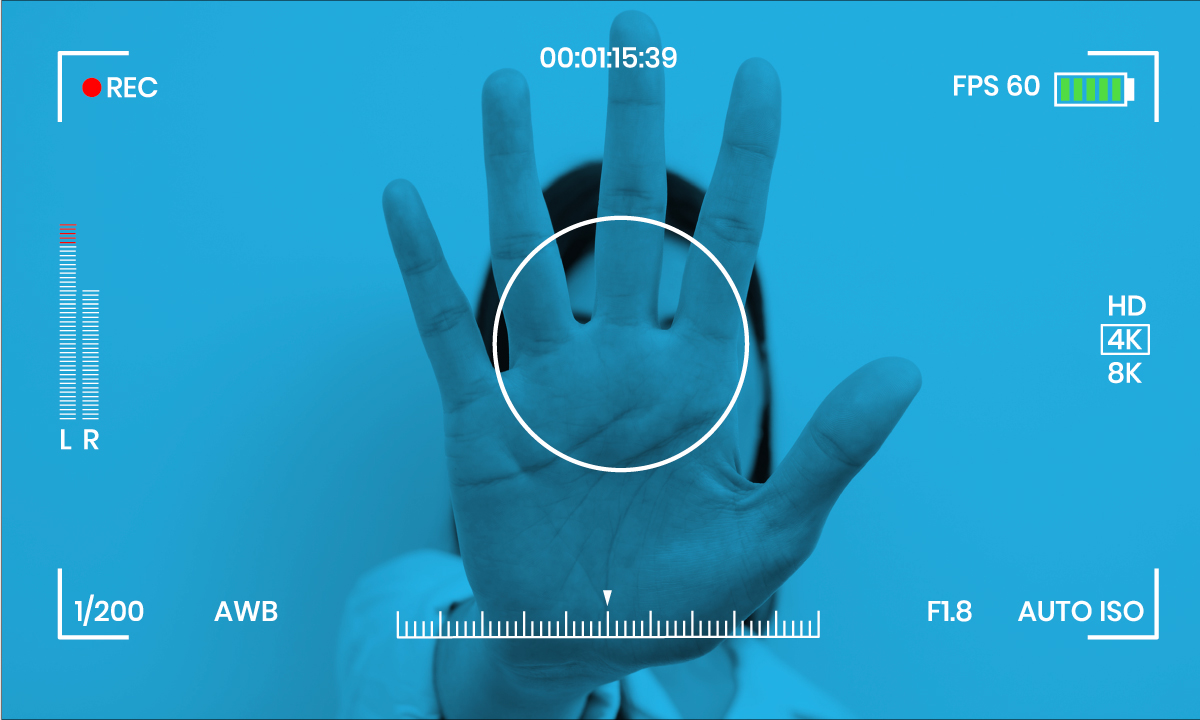Call to Action: This Summer, Target Deepfakes that Victimize Girls in Schools
Buher & Sigall: As teen boys create graphic videos of female classmates, states must gather educators, law enforcement & tech companies to stop it.

Get stories like this delivered straight to your inbox. Sign up for The 74 Newsletter
School’s almost out for summer. But there’s no time for relaxing: Kids, especially girls, are becoming victims of fabricated, nonconsensual, sexually explicit images, often created by peers. These imaginary girls are upending the lives of the real ones. The coming summer break provides the opportunity for coordinated action at the state level to disrupt this trend and protect children.
The creation of deepfakes — highly realistic but artificial images, audio and video — used to require high-powered equipment and considerable skill. Now, with advancements in generative artificial intelligence, any kid with a smartphone can make one.
Adolescents, mostly teenage boys, are exploiting readily accessible deepfake tools to create graphic images and videos of female classmates, causing profound distress and disruption in schools across the country, from Beverly Hills, California, to Westfield, New Jersey. High school students outside Seattle were photographed by a classmate at a school dance who then “undressed” them on his phone and circulated supposedly nude pictures.
The impact could be significant. Experts report that so-called deepnudes can hurt victims’ mental health, physical and emotional safety, as well as college and job opportunities. Comprehensive data is lacking, but documented incidents indicate that this is a troubling trend that demands immediate attention.
While anti-child pornography statutes, Title IX regulations regarding online harassment and revenge-porn laws already exist, these measures were not designed to handle the unique challenges posed by deepfake technology.
Schools, educators and law enforcement are scrambling to respond to this new phenomenon. In some cases, students have been harshly disciplined, but arresting 13- and 14 year-old boys for engaging in impulsive behavior on phones their parents have handed them is not an appropriate, just or sustainable solution. It is incumbent upon adults to make the technological world safe for children.
The Biden administration has rightly called on technology companies, financial institutions and other businesses to limit websites and mobile apps whose primary business is to create, facilitate, monetize or disseminate image-based sexual abuse. But these steps are largely symbolic and will result in voluntary commitments that are likely unenforceable.
The U.S. Department of Education is scheduled to release guidance on this matter, but its track record of issuing timely — and, frankly, practical — information is underwhelming.
It’s also impractical to rely on slow-moving legislative processes that get caught up in arguments about accountability for offending images when students’ well-being is at stake. As any school leader can tell you, laws only go so far in deterring behavior, and the legislation ambling through Congress don’t address how K-12 institutions should respond to these incidents.
So, where does that leave us?
Educators need support and guidance. Schools have a critical role to play, but to expect them to invent policies and educational programs that combat the malicious use of deepfakes and protect students from this emerging threat — absent significant training, resources and expertise — is not only a fool’s errand, but an unfair burden to place on educators.
Communities, districts and schools need statewide strategies to prevent and deter deepfakes. States must use this summer to bring together school administrators, educators, law enforcement, families, students, local technology companies, researchers, community groups and other nonprofit organizations to deliver comprehensive policies and implementation plans by Labor Day. These should, among other things:
- Recommend curriculum, instruction and training programs for school leaders and teachers about the potential misuses of artificial intelligence and deepfakes in school settings;
- Update school-based cyber harassment policies and codes of conduct to include deepfakes;
- Establish discipline policies to clarify accountability for students who create, solicit or distribute nonconsensual, sexual deepfake images of their peers;
- Update procurement policies to ensure that any technology provider has a plan to interrupt or handle a deepfake incident;
- Build or purchase education, curriculum and instruction for students and families on digital citizenship and the safe use of technology, including AI literacy and deepfakes;
- Issue guidance for community institutions, including religious programs, small businesses, libraries and youth sports leagues, to promote prevention by addressing this issue head-on with teens who need to understand the damage deepfakes cause;
- Issue detailed guidance about how schools must enforce Title IX, the federal law that bans sex discrimination, including sexual harassment, in schools.
Is this too ambitious for state government? Maybe. But there is no choice. As the grown-ups, and as citizens of a democracy, we have a collective responsibility to decide what kind of world we want our children to live in, and to take action, before it’s too late.
Get stories like these delivered straight to your inbox. Sign up for The 74 Newsletter

;)

